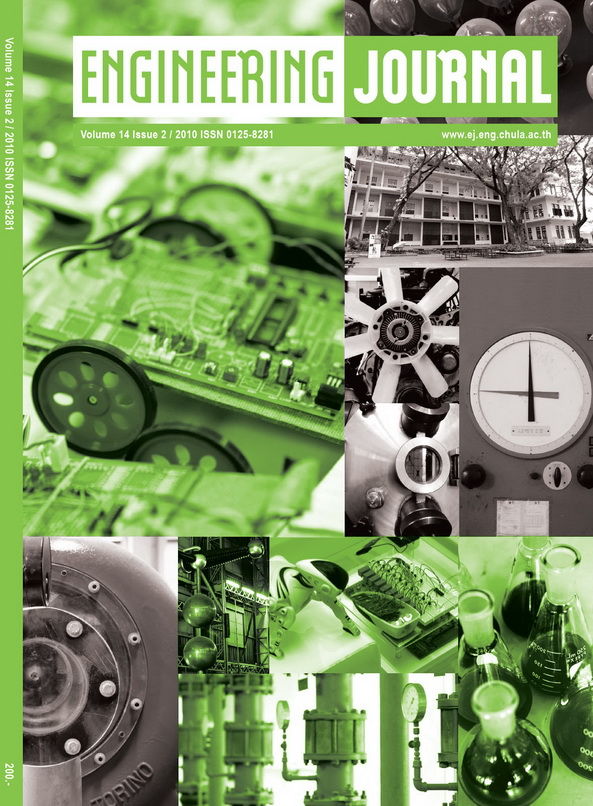Heuristic for Task-Worker Assignment with Varying Learning Slopes
DOI:
https://doi.org/10.4186/ej.2010.14.2.1Keywords:
Heuristic, task-worker assignment, learning ability.Abstract
Fashion industry has variety products, so the multi-skilled workers are required to improve flexibility in production and assignment. Generally the supervisor will assign task to the workers based on skill and skill levels of worker. Since in fashion industry new product styles are launched more frequently and the order size tends to be smaller, the workers always learn when the raw material and the production process changes. Consequently they require less time to produce the succeeding units of a task based on their learning ability. Since the workers have both experience and inexperience workers, so each worker has different skill level and learning ability. Consequently, the assignment which assumed constant skill level is not proper to use. This paper proposes a task-worker assignment considering worker skill levels and learning abilities. Processing time of each worker changes along production period due to a worker learning ability. We focus on a task-worker assignment in a fashion industry where tasks are ordered in series; the number of tasks is greater than the number of workers. Therefore, workers can perform multiple assignments followed the precedence restriction as an assembly line balancing problem. The problem is formulated in an integer linear programming model with objective to minimize makespan. A heuristic is proposed to determine the lower bound (LB) and the upper bound (UB) of the problem and the best assignment is determined. The performance of the heuristic method is tested by comparing quality of solution and computational time to optimal solutions.
Downloads
Downloads

Authors who publish with Engineering Journal agree to transfer all copyright rights in and to the above work to the Engineering Journal (EJ)'s Editorial Board so that EJ's Editorial Board shall have the right to publish the work for nonprofit use in any media or form. In return, authors retain: (1) all proprietary rights other than copyright; (2) re-use of all or part of the above paper in their other work; (3) right to reproduce or authorize others to reproduce the above paper for authors' personal use or for company use if the source and EJ's copyright notice is indicated, and if the reproduction is not made for the purpose of sale.









